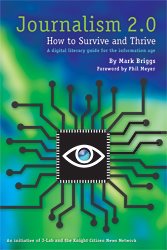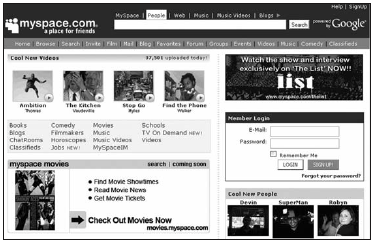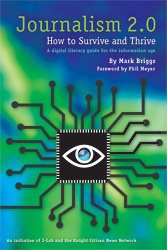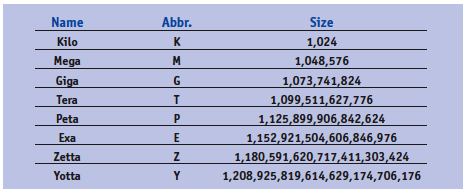
This chapter provides readers with a look into the new technologies and Websites such as Flickr, Myspace, Wikipedia, and del.icio.us.
Brigg’s highlights these four because they have changed the way people consume news and information.
As for why the chapter is labeled “Web 2.0”, Brigg’s explains how the term “Web 2.0” refers to Web sites that get at least some of their value from the actions of users. Often the concept is compared and contrasted to “Web 1.0,” a term describing the construct and limitations under which much of the current Web was constructed.
If you had to take anything out of this chapter it would be the fact that Web publishers are now just creating the platforms, while relying upon their users to provide the content.
Flickr: launched in February 2004, was developed by Ludicorp, a Vancouver-based company. One year later, Yahoo! bought the photo-sharing Web site but has done little to integrate it into its massive portal. Flickr is more than a place to share personal photographs. It’s also a community platform that uses tags to power its organization and makes photos of specific topics easy to find.
Wikipedia: essentially is an online encyclopedia that is controlled by its users who provide information to the public on a wide range of topics. The site is controlled solely by its users and can be edited and altered at any point necessary.
Myspace: the most popular Web site on the planet in terms of page views. News Corp. purchased the site in 2005 for $580 million. By registering and filling out profiles, users create the content. They use “blurbs,” “interests” and “details” sections to present their online persona, and communicate with blogs, photos, video and comments. The site is dominated by teens and young adults.

Tags from Flickr.com

MySpace.com home page.


